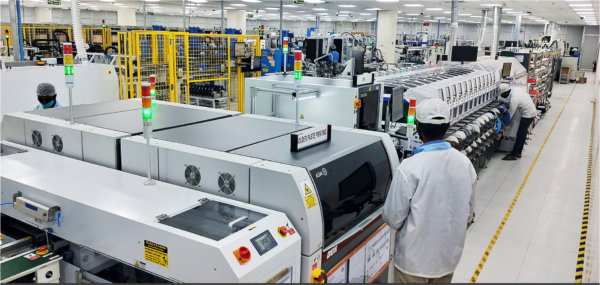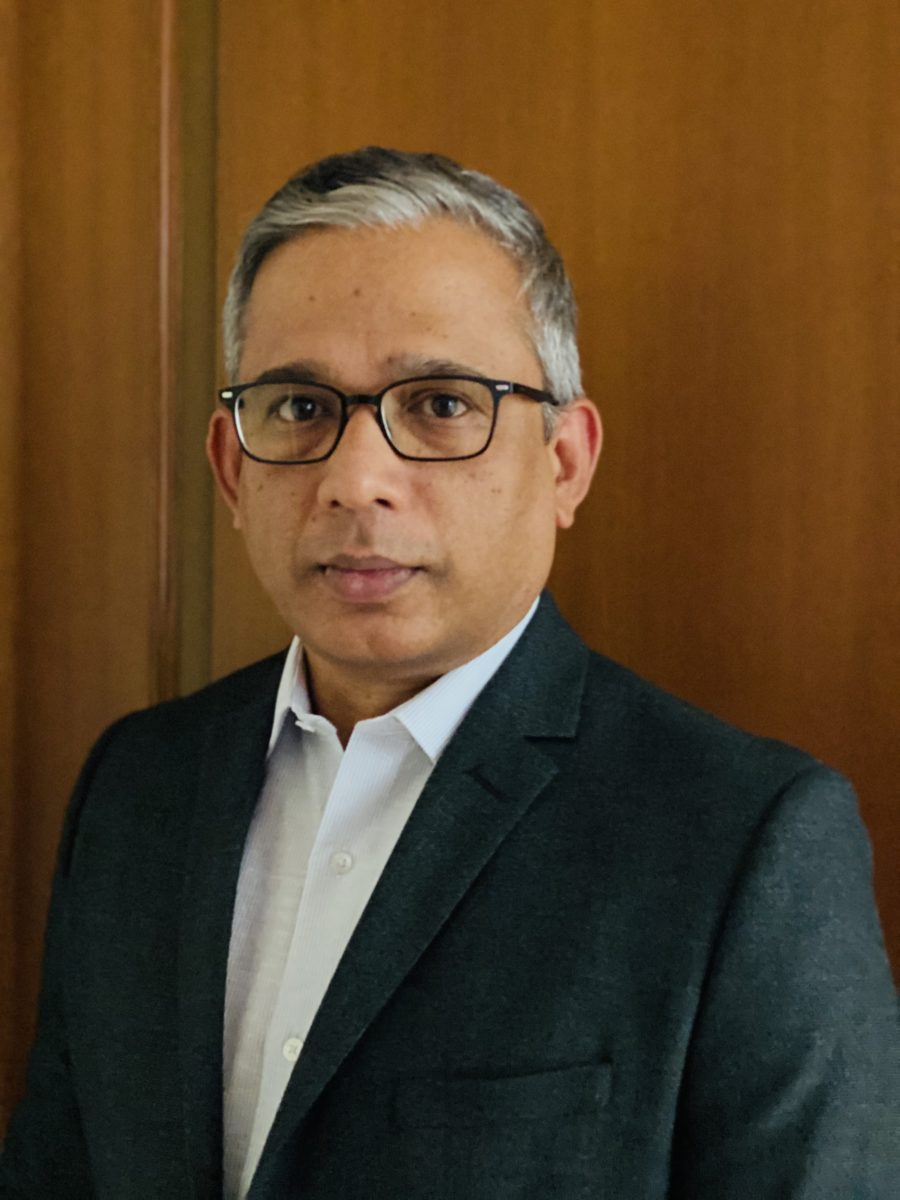pv magazine: The slow uptake of rooftop solar in India is itself a challenge to solution providers. Why has rooftop solar not taken off in a big way in India?
Sunil Thamaran: The number one issue that we have seen in India is the change in policy from time to time and the lack of awareness about the changes. For example, earlier, we had a net metering policy. Now we have a gross metering policy. Changes have been proposed back and forth at various times in different states. And when this happens, training and awareness are lacking at the implementer level, like Discoms or even the installer.
To give you an example, in Bengaluru, we faced many challenges when we went to rural areas. We had to get the Discom involved, giving them advice or sharing experiences to make sure that they understood what they were doing and approved the systems.
The second issue is lack of finance as solar is a very capital-intensive market. The unavailability of finance at a lower interest rate has been a problem for the customers.
Lastly, a majority of the rooftop market is actually supplied by low-cost players who cannot provide long-term reliability. It’s been either a five-year warranty or a maximum of ten years for inverters. That causes a problem as customers need to factor in the replacement costs for a product.
pv magazine: Inverters play a crucial role in the performance of a solar installation. What are the inverter solutions available for rooftop solar?
There are typically two types of inverters being used for rooftop installations. String inverters capture a majority of the market. In string inverters, many panels get connected in a string on the roof, and this string is then connected to an inverter box, a large box placed somewhere in the building.
The other solution that we do is module-level power electronics (MPLE), which is what the microinverters or the power optimizers stand for. Here an inverter is connected right behind every panel, and then at that roof level, the outputs from all these inverters are combined in one cable that comes down to the meter box. That ways, microinverters are safe to use as DC-AC conversion happens on the panel level, and there is no high-voltage power traveling through your system.

Enphase Energy
pv magazine: How do microinverters compare with string inverters in terms of performance? How do the rooftop size and shading affect the inverter selection?
The inverter selection depends on the overall generation and the total cost of ownership, or energy cost.
Talking about the parameters, the first thing that people should look at is the system’s generation efficiency. Typically, string inverters are efficient anywhere from 95% onwards. There are some which are 96 or 97% efficient. So, they all play around at that level.
On the other hand, microinverters offer 98% and above efficiency. To explain to you, it’s a ‘one inverter, one panel’ solution. That means, for a building with ten panels, you will have ten inverters. So, if one inverter goes down for some reason, the other nine will continue to work, and you will still have power in the building. In other words, it is not the complete power loss with microinverters.
On the other hand, with string inverters, there will be one inverter for all ten panels. So if that inverter failed, the entire system is down until you replace or repair the inverter.
Further, as each panel has an inverter connected to it, the conversion is optimized at the panel level. This maximizes the overall conversion efficiency. We could say microinverters will be more efficient even if there was an issue with some panels.
This is where the shadow element comes into the picture.
In a system using string inverters, even if one panel has some issue like shadow, dust, or bird dropping, it will limit the performance of the entire string. On the other hand, with microinverter, only the panels under the shading will produce less, and the rest will continue to produce at a high level.
Microinverters don’t just pay off in the first or second year as they are priced more, but their overall benefits in 20 years will be much greater than with string inverters.
The installation is pretty simple. The microinverter is a very small device, weighing just about 1 kg. It’s a plug-and-play kind of system where the cable plugs in like a USB, and there are not many screws.
pv magazine: You talked about panel failure and the resultant impact on performance with microinverters and string inverters. How is the failure of microinverters themselves taken care of?
In India, you can buy a warranty of up to 25 years for Enphase microinverters.
We have a continuous monitoring system that is available on the mobile app and also on the web. Each inverter communicates to Cloud through the Internet of Things (IoT). So every customer, including the service provider, can log in and access. We provide login access to the customer and also the service provider. We can monitor every system on the field from our office.
pv magazine: There are not many players in microinverters. What’s the main reason?
Enphase is leading the microinverter solutions today in the world. In the US market, we have close to 50% market share. But, there have been small players coming in from China. I would say the number one reason is the ability to provide a long-term warranty for 25 years, given microinverters are a costly solution. It requires a lot of engineering, a lot of quality-conscious design to provide that kind of a solution.
pv magazine: What are the microinverter companies’ main challenges in design, and what are they working on?
One obviously is the price, as every customer will compare the [microinverter] price with the string inverters. That is a huge challenge for us as microinverters are priced two to three times more.
The second challenge is being able to catch up with the module technology roadmap. Solar panels continue to evolve, from 400W to 500W, and now even higher outputs. We have to improve the performance or mechanism of our microinverters accordingly so that they can be paired with the higher-wattage panels. That means, in general, design has to change, the power output has to change, and so on. But that is only one vector that we are driving.
We are investing heavily in enabling microinverters for high-wattage panels. We are coming up with IQ8 inverter, which can be paired with 450-500W panels.
In terms of application areas, the residential rooftop sector is the primary focus as the microinverter is a small system. But, one adjacent market is the small commercial segment. For commercial sector applications, the cost difference will be huge when using microinverters. We are addressing that challenge by coming out with a dual solution to pair two panels with one inverter. That will reduce the per-watt price as one can pair, say, two 400 W panels or address the requirement for 800W with one device.
pv magazine: What are your India plans?
We are manufacturing microinverters from India too. We have three manufacturing plants globally, one in China, the second in Mexico, and the third in Chennai, India. Our India plant can ramp up to one million units per quarter, but we have done about 400,000 units per quarter. It started operating in October last year. It is an export unit from where the units are shipped to the US market. We are also applying for the BIS certification. Once that is satisfied, we will be able to supply to the Indian market as well.
This content is protected by copyright and may not be reused. If you want to cooperate with us and would like to reuse some of our content, please contact: editors@pv-magazine.com.









3 comments
By submitting this form you agree to pv magazine using your data for the purposes of publishing your comment.
Your personal data will only be disclosed or otherwise transmitted to third parties for the purposes of spam filtering or if this is necessary for technical maintenance of the website. Any other transfer to third parties will not take place unless this is justified on the basis of applicable data protection regulations or if pv magazine is legally obliged to do so.
You may revoke this consent at any time with effect for the future, in which case your personal data will be deleted immediately. Otherwise, your data will be deleted if pv magazine has processed your request or the purpose of data storage is fulfilled.
Further information on data privacy can be found in our Data Protection Policy.